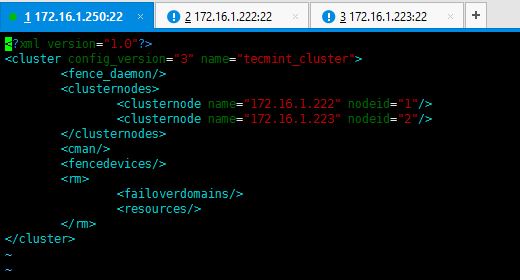

Note that the default plugins come with good defaults and should be sufficient in most cases.

So, if you want to use custom plugins and you need some of defaults too, then you should pass default plugins as well. This will completely overwrite all the default plugins. These are bundled for convenience and most users will not need anything else. optipng - Compress PNG images, lossless.gifsicle - Compress GIF images, lossless.The setting takes effect immediately without restarting the server.Import imagemin, ) ) // … APIĬomes bundled with the following optimizers:
CONFIGURE NODE TO USE GIFSICLE HOW TO
This example shows how to use sp_configure to configure the user options to change the setting for the ANSI_WARNINGS server option. Using Transact-SQL To configure the user options configuration optionĬopy and paste the following example into the query window and click Execute. In the Default connection options box, select one or more attributes to configure the default query-processing options for all connected users.īy default, no user options are configured. In Object Explorer, right-click a server and select Properties. Using SQL Server Management Studio To configure the user options configuration option The ALTER SETTINGS permission is implicitly held by the sysadmin and serveradmin fixed server roles. To execute sp_configure with both parameters to change a configuration option or to run the RECONFIGURE statement, a user must be granted the ALTER SETTINGS server-level permission. All connections created after this setting is changed receive the new value.Įxecute permissions on sp_configure with no parameters or with only the first parameter are granted to all users by default. When logging in to an instance of \ SQL Server, a user receives a default environment that assigns the current user options value to Executing SET statements for user options affects the corresponding value in the session's function.

The bit positions in user options are identical to those in Each connection has its own function, which represents the configuration environment. Rolls back a transaction if a Transact-SQL statement raises a run-time error. Generates an error when a loss of precision occurs in an expression. Returns NULL when concatenating a NULL value with a string. New columns defined without explicit nullability do not allow nulls. New columns defined without explicit nullability are defined to allow nulls.Īlters the session's behavior not to use ANSI compatibility for nullability. Turns off the message returned at the end of each statement that states how many rows were affected.Īlters the session's behavior to use ANSI compatibility for nullability. Returns NULL when an overflow or divide-by-zero error occurs during a query.ĭifferentiates between single and double quotation marks when evaluating an expression. Terminates a query when an overflow or divide-by-zero error occurs during query execution. The IMPLICIT_TRANSACTIONS setting has no effect on ODBC or OLEDB connections.Ĭontrols behavior of cursors after a commit operation has been performed.Ĭontrols truncation and NULL in aggregate warnings.Ĭontrols padding of fixed-length variables.Ĭontrols NULL handling when using equality operators. ValueĬontrols interim or deferred constraint checking.įor dblib network library connections, controls whether a transaction is started implicitly when a statement is executed. For example, ANSI_NULL_DFLT_ON and ANSI_NULL_DFLT_OFF cannot be set at the same time. Not all configuration values are compatible with each other. The following table lists and describes the configuration values for user options. To configure the user options configuration option, using:įollow Up: After you configure the user options configuration option After you change the setting of user options, new login sessions use the new setting current login sessions are not affected. You can configure user options dynamically for new logins. The user options option allows you to change the default values of the SET options (if the server's default settings are not appropriate).Ī user can override these defaults by using the SET statement. A list of default query processing options is established for the duration of a user's work session. The user options option specifies global defaults for all users. This topic describes how to configure the user options server configuration option in SQL Server by using SQL Server Management Studio or Transact-SQL.


 0 kommentar(er)
0 kommentar(er)
